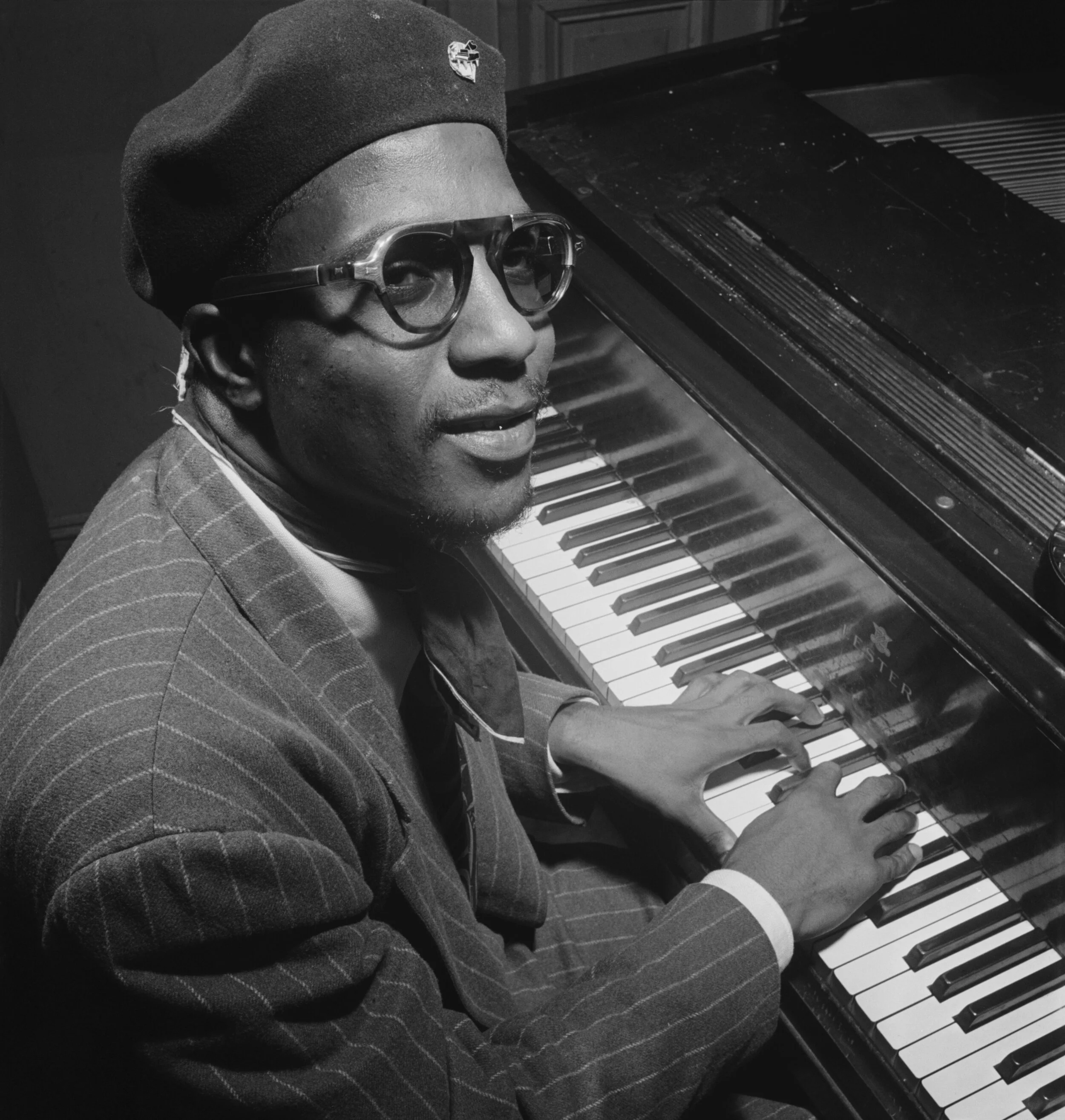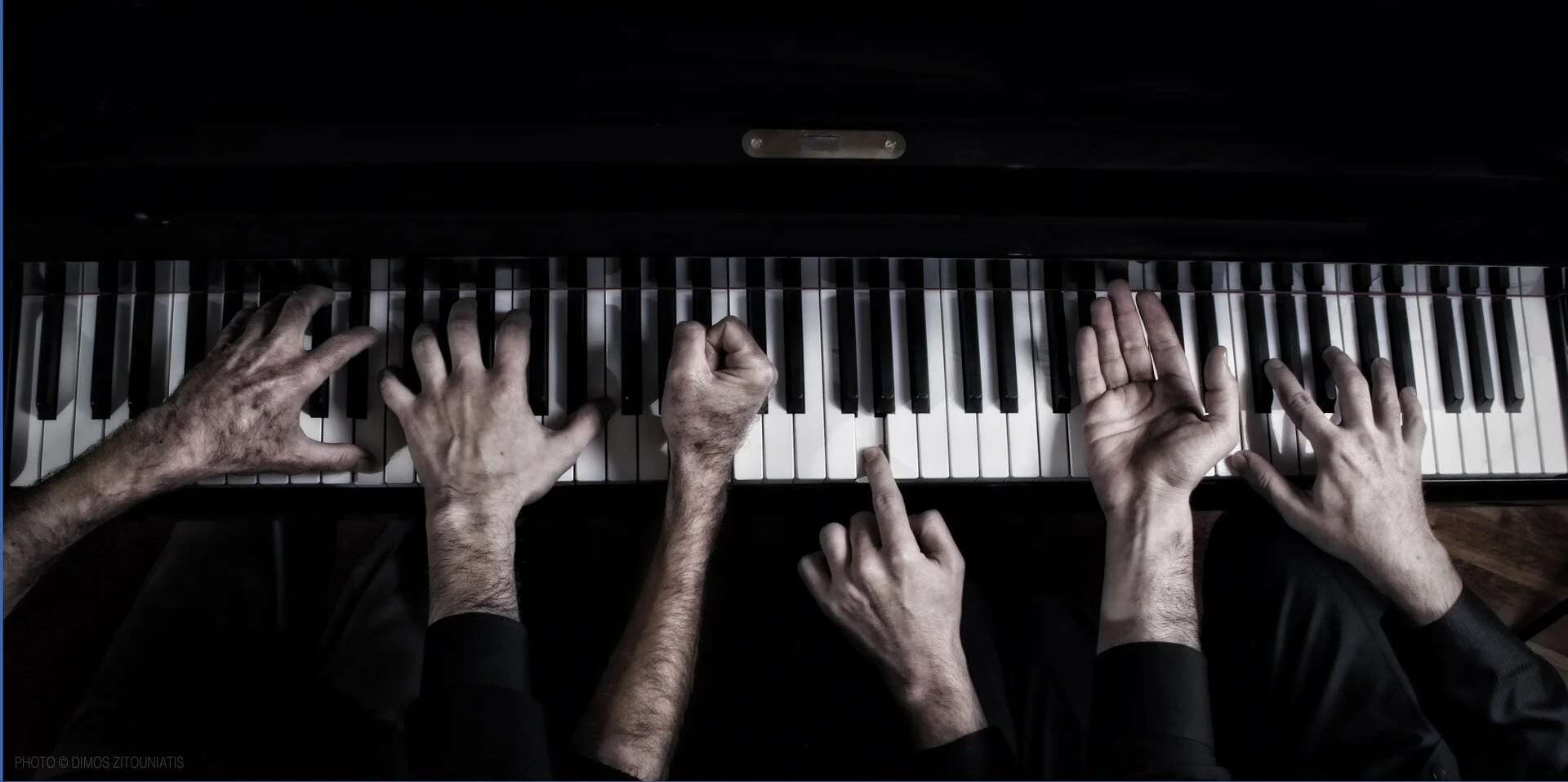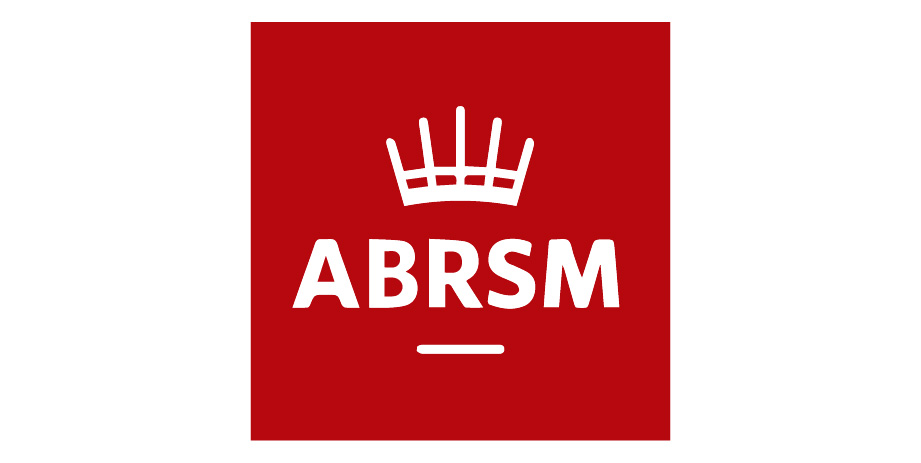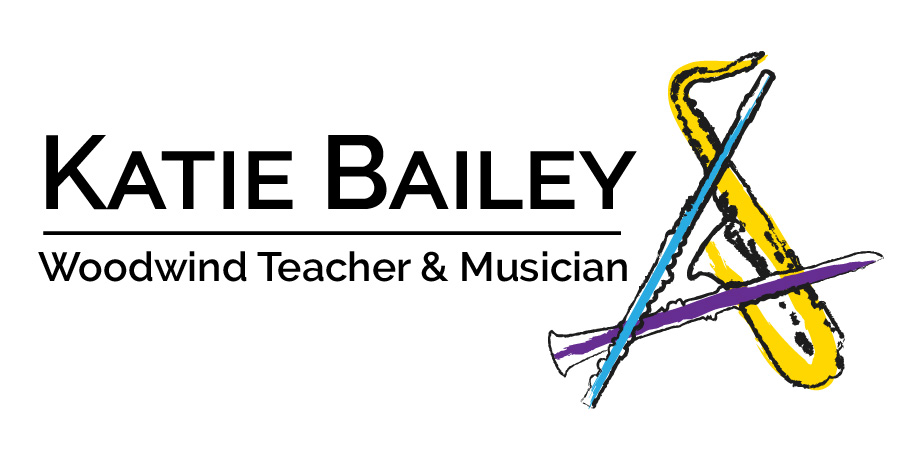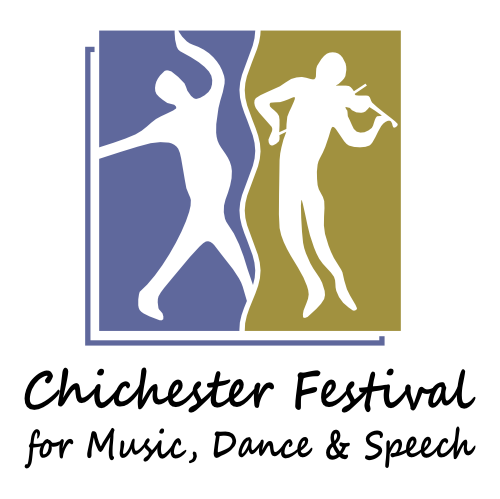Though the benefits of improvisation are perhaps not as tangible as those of playing from a score, it is unquestionably one of the best ways to stimulate the musical mind. Many famous composers were gifted improvisers; Mozart, Chopin and in particular Bach to name just a few. A well-rounded musician may improvise in any key and in any style that he or she wishes to, yet it is a form of music that many do not dare explore.
Building Piano Technique
What we call technique is the abilities that we have at our disposal to bring our musical ideas to life. It is really a very loose term encompassing the development of hand and bodily movements that will aid the musician. For the pianist, these movements include the strength, flexibility, coordination, independence and control of the fingers, hands and arm.
Aural Skills: The Inner Ear and Visualisation
When was the last time you got a tune stuck in your head? How much of it can you recall before it goes foggy? In how much detail can you render a performance in your head? Can you imagine yourself playing it as you hear it? If you can picture yourself playing a piece as you hear it then you are practising it in an entirely different fashion, known as “visualising.”
Fingering at the Piano
The fingers we choose to play our music with is one of the defining characteristics amongst pianists. Whilst some performers may hate putting their thumb on a black key because of the reduced contact, others may like the enhanced possibilities it opens up for the succeeding notes. Whilst some will spread their hand out to use as many fingers as possible for an arpeggio, others will consecutively use their 1st and 2nd fingers. Whilst some play octaves with fingers 1 and 5, others may also include 3 and 4 to create a legato effect. While some may repeat a note with the same finger, others may interchange the fingers used.
Practising, with Stickers!
Posture at the Piano
Every student should have a basic awareness of what a pianist with good posture should look and play like. Read on to learn how to position your hands, arms, shoulders, legs feet and spine at the piano. The overall posture should tend more towards relaxation than rigidity, so be warned: what follows may not be what you expect to read!

